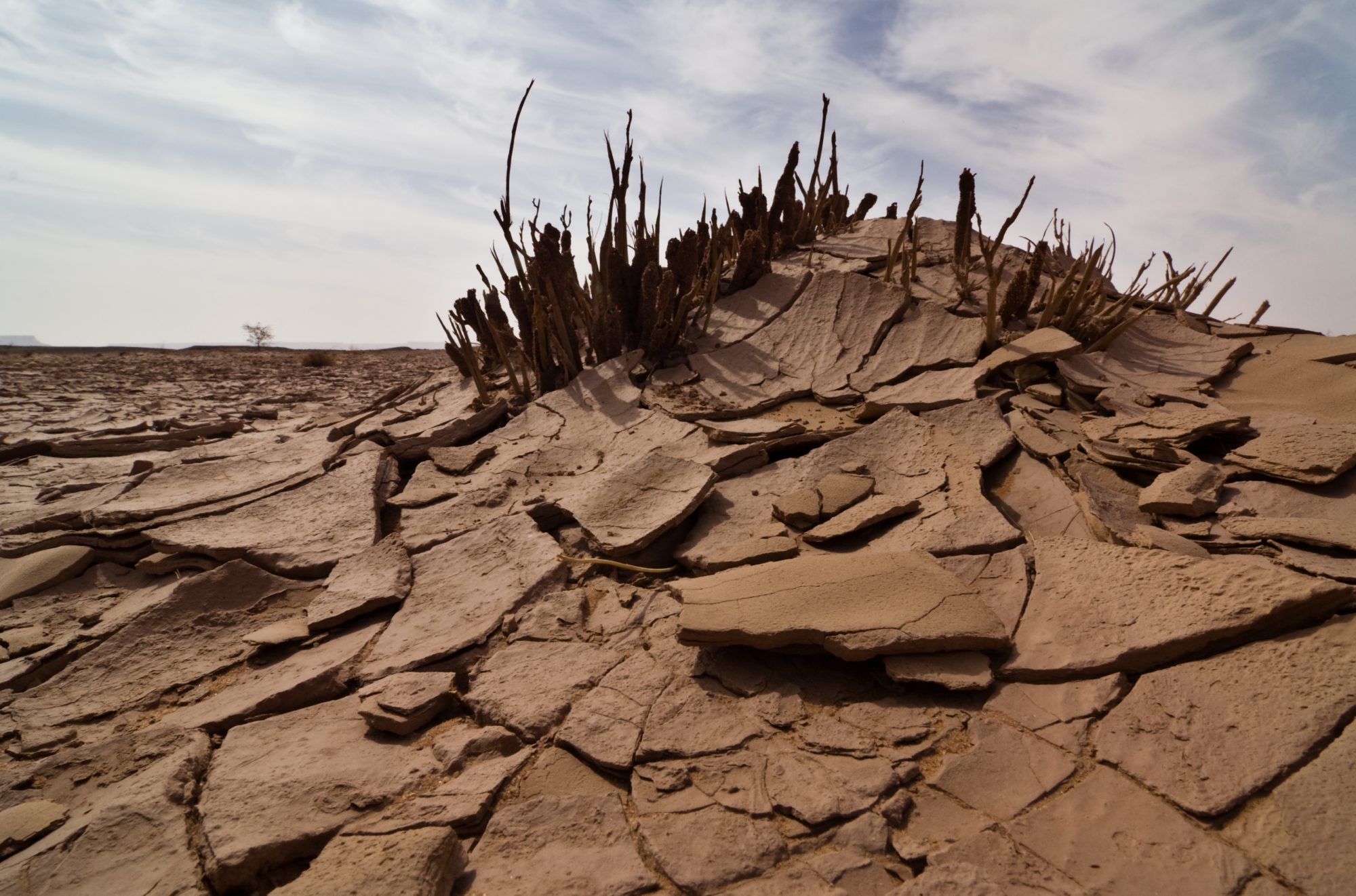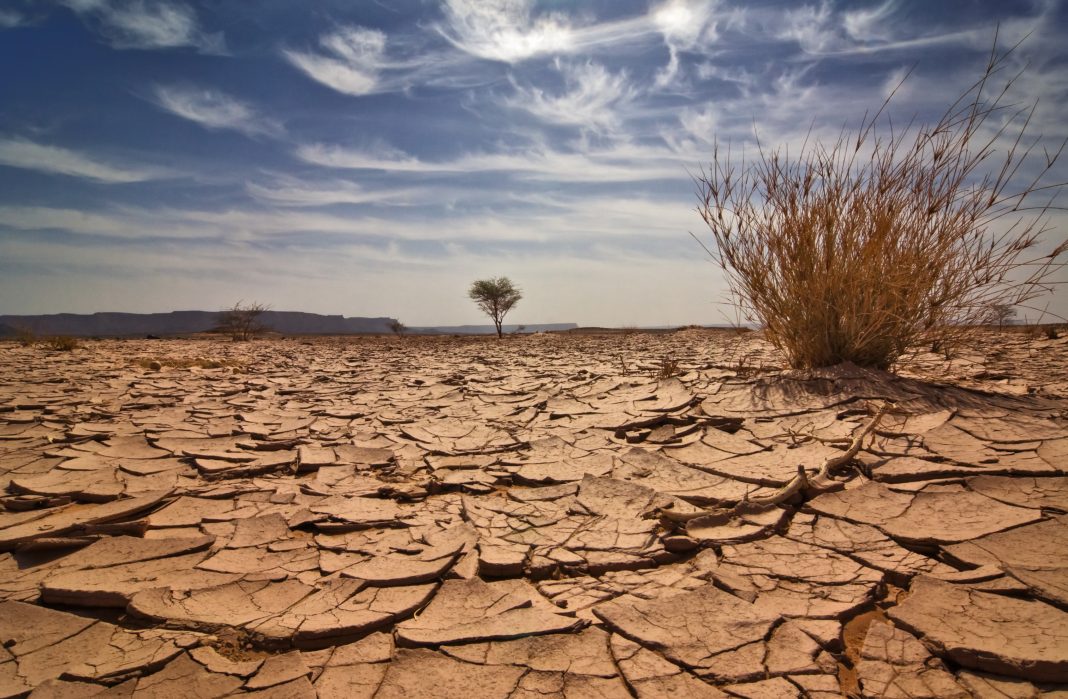‘Flash droughts’ are becoming increasingly frequent owing to human-inflicted climate change, and this trend is only going to grow
Research from the University of Southampton suggests that flash droughts are becoming ‘the new normal’ for droughts.
What are flash droughts?
Flash droughts, caused by low precipitation and high evapotranspiration, can become severe within a few weeks.
These type of droughts rapidly depletes the soil of water and can cause major problems for vegetation and ecosystems, and even trigger heat waves and wildfires.
While they start quickly, they do not necessarily stop quickly and can go on to cause problems for months.
Understanding the transition from slow drought to flash droughts
By their nature, flash droughts cause issues when it comes to forecasting.
The study team wanted to know how flash droughts might develop in various carbon emission scenarios.

“Climate change has effectively sped up the onset of droughts,” explains Professor Justin Sheffield.
“While it varies between different regions, there has been a global shift towards more frequent flash droughts during the past 64 years.”
Where is the transition to flash droughts most notable?
Flash droughts are most notable in:
- East and North Asia
- Europe
- The Sahara
- The west coast of South America
However, in other areas, such as eastern North America, Southeast Asia and North Australia, there are actually fewer flash and slow droughts. This is not to say that droughts have improved because the speed of drought onset has increased.
Similarly, in the Amazon and West Africa, there is no evidence of a move towards flash droughts. In fact, the Amazon actually saw an increase in slow droughts, and in West Africa, both fast and slow droughts have increased in frequency and extremity.
“As we head towards a warmer future, flash droughts are becoming the new normal. Our models show that higher-emission scenarios would lead to a greater risk of flash droughts with quicker onset which pose a major challenge for climate adaptation,” Professor Justin Sheffield concludes.











